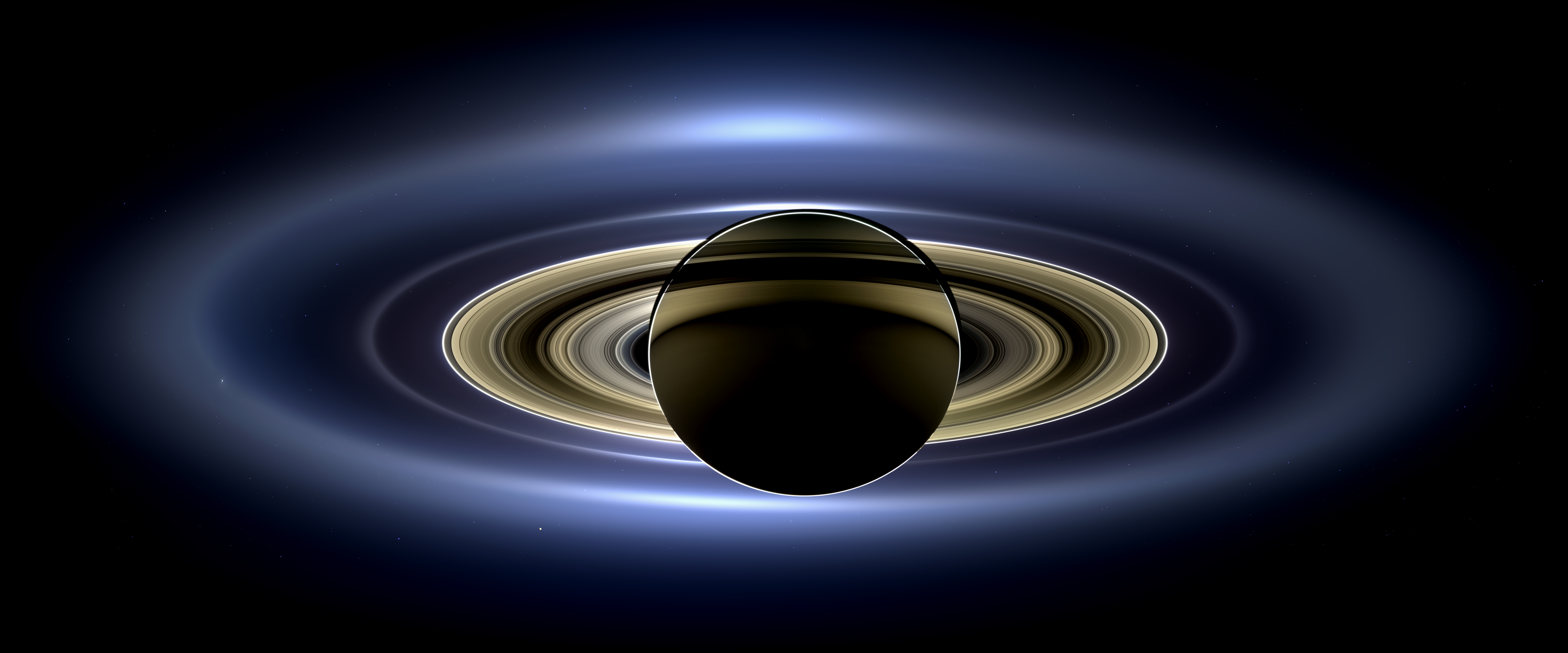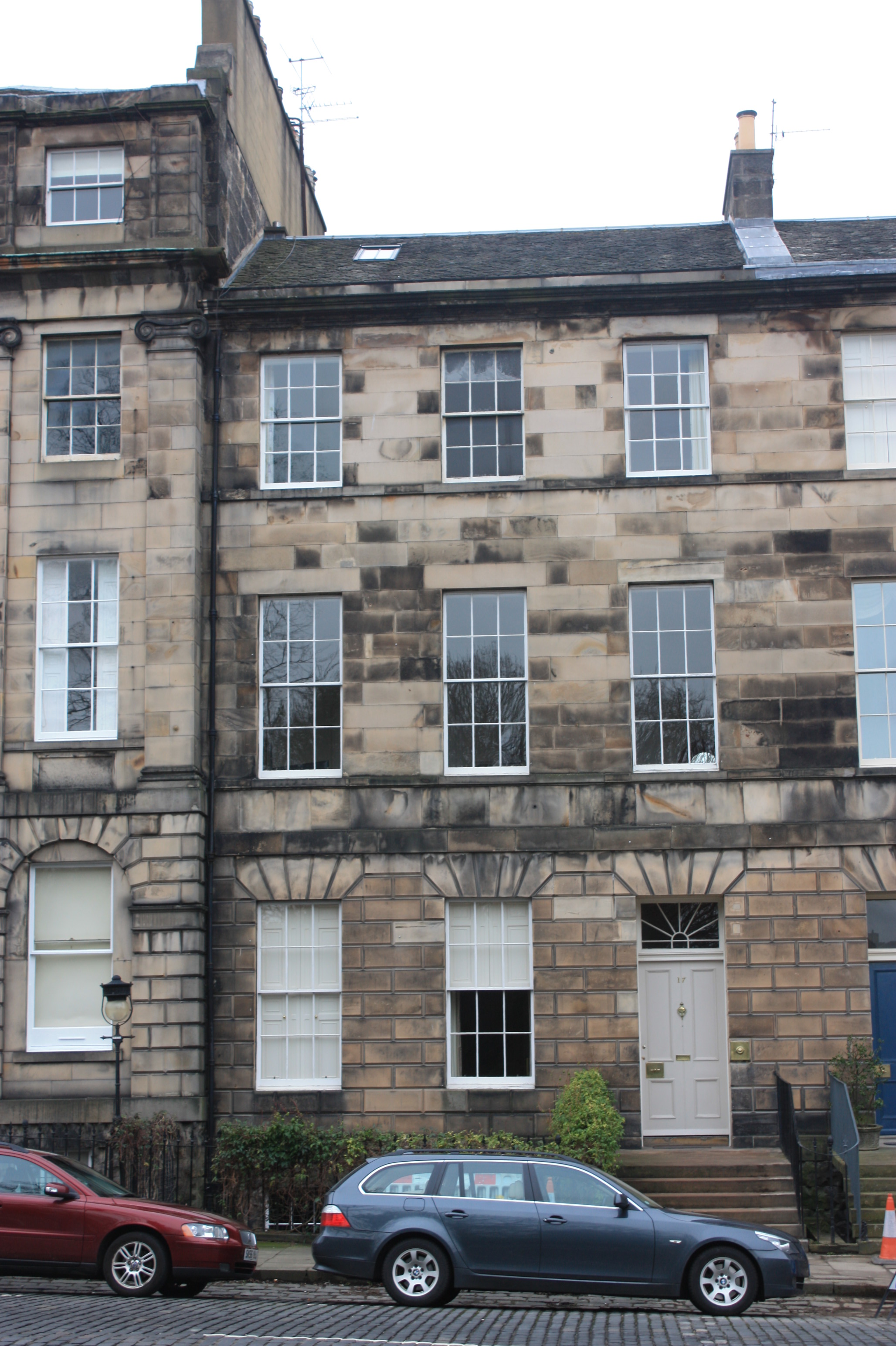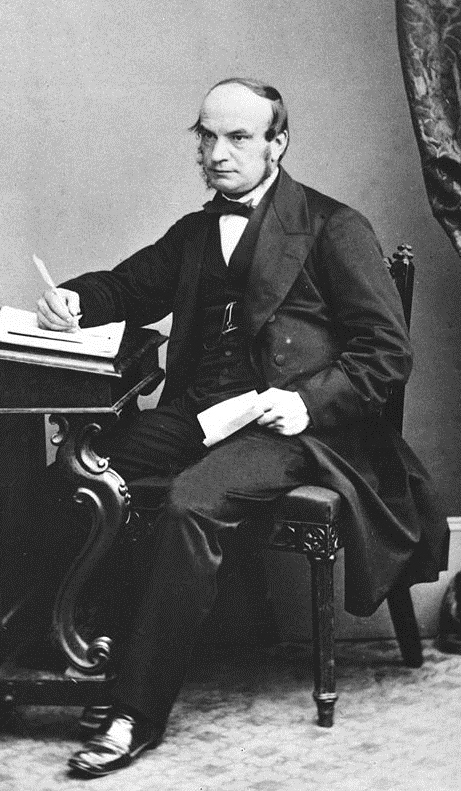|
James Challis
James Challis FRS (12 December 1803 – 3 December 1882) was an English clergyman, physicist and astronomer. Plumian Professor of Astronomy and Experimental Philosophy and the director of the Cambridge Observatory, he investigated a wide range of physical phenomena though made few lasting contributions outside astronomy. He is best remembered for his missed opportunity to discover the planet Neptune in 1846. Early life Challis was born in Braintree, Essex where his father, John Challis, was a stonemason. After attending various local schools, he graduated from Trinity College, Cambridge in 1825 as Senior Wrangler and first Smith's prizeman. He was elected a fellow of Trinity in 1826 and was ordained in 1830. He held the benefice of Papworth Everard, Cambridgeshire from the college until 1852. In 1831 Challis married Sarah Copsey, ''née'' Chandler, a widow, and consequently resigned his Trinity fellowship. The couple had a son and a daughter.Clerke (2006) Plumian professor ... [...More Info...] [...Related Items...] OR: [Wikipedia] [Google] [Baidu] |
Braintree, Essex
Braintree is a town and former civil parish in Essex, England. The principal settlement of Braintree District, it is located northeast of Chelmsford and west of Colchester. According to the 2011 Census, the town had a population of 41,634, while the urban area, which includes Great Notley, Rayne and High Garrett, had a population of 53,477. Braintree has grown contiguously with several surrounding settlements. Braintree proper lies on the River Brain and to the south of Stane Street, the Roman road from Braughing to Colchester, while Bocking lies on the River Blackwater and to the north of the road. The two are sometimes referred to together as Braintree and Bocking, and on 1 April 1934 they formed the civil parish of that name, which is now unparished. In 1931 the parish had a population of 8912. Braintree is bypassed by the modern-day A120 and A131 roads, while trains serve two stations in the town, at the end of the Braintree Branch Line. Braintree is twinned ... [...More Info...] [...Related Items...] OR: [Wikipedia] [Google] [Baidu] |
Ordination
Ordination is the process by which individuals are Consecration, consecrated, that is, set apart and elevated from the laity class to the clergy, who are thus then authorization, authorized (usually by the religious denomination, denominational hierarchy composed of other clergy) to perform various religious Ritual, rites and ceremonies. The process and ceremonies of ordination vary by religion and Religious denomination, denomination. One who is in preparation for, or who is undergoing the process of ordination is sometimes called an ordinand. The liturgy used at an ordination is sometimes referred to as an ordination. Christianity Roman Catholic, Orthodox, Lutheran and Anglican churches In Roman Catholicism and Orthodoxy, ordination is one of the seven sacraments, variously called holy orders or ''Christian laying on of hands, cheirotonia'' ("Laying on of Hands"). Apostolic succession is considered an essential and necessary concept for ordination in the Catholic, Orthodo ... [...More Info...] [...Related Items...] OR: [Wikipedia] [Google] [Baidu] |
Saturn's Rings
The rings of Saturn are the most extensive ring system of any planet in the Solar System. They consist of countless small particles, ranging in size from micrometers to meters, that orbit around Saturn. The ring particles are made almost entirely of water ice, with a trace component of rocky material. There is still no consensus as to their mechanism of formation. Although theoretical models indicated that the rings were likely to have formed early in the Solar System's history, newer data from '' Cassini'' suggested they formed relatively late. Although reflection from the rings increases Saturn's brightness, they are not visible from Earth with unaided vision. In 1610, the year after Galileo Galilei turned a telescope to the sky, he became the first person to observe Saturn's rings, though he could not see them well enough to discern their true nature. In 1655, Christiaan Huygens was the first person to describe them as a disk surrounding Saturn. The concept that Saturn's rin ... [...More Info...] [...Related Items...] OR: [Wikipedia] [Google] [Baidu] |
Adams Prize
The Adams Prize is one of the most prestigious prizes awarded by the University of Cambridge. It is awarded each year by the Faculty of Mathematics at the University of Cambridge and St John's College to a UK-based mathematician for distinguished research in the Mathematical Sciences. The prize is named after the mathematician John Couch Adams. It was endowed by members of St John's College and was approved by the senate of the university in 1848 to commemorate Adams' controversial role in the discovery of the planet Neptune. Originally open only to Cambridge graduates, the current stipulation is that the mathematician must reside in the UK and must be under forty years of age. Each year applications are invited from mathematicians who have worked in a specific area of mathematics. the Adams Prize is worth approximately £14,000. The prize is awarded in three parts. The first third is paid directly to the candidate; another third is paid to the candidate's institution to fun ... [...More Info...] [...Related Items...] OR: [Wikipedia] [Google] [Baidu] |
University Of Aberdeen
The University of Aberdeen ( sco, University o' 'Aiberdeen; abbreviated as ''Aberd.'' in List of post-nominal letters (United Kingdom), post-nominals; gd, Oilthigh Obar Dheathain) is a public university, public research university in Aberdeen, Scotland. It is an Ancient universities of Scotland, ancient university founded in 1495 when William Elphinstone, Bishop of Aberdeen and Lord Chancellor of Scotland, Chancellor of Scotland, petitioned Pope Alexander VI on behalf of James IV of Scotland, James IV, King of Scots to establish King's College, Aberdeen, King's College, making it Scotland's 3rd oldest university and the 5th oldest in the English-speaking world and the United Kingdom. Aberdeen is consistently ranked among the top 160 universities in the world and is ranked within the top 20 universities in the United Kingdom according to ''The Times'' and ''The Sunday Times'', and 13th in the UK according to ''The Guardian''. The university comprises three colleges—King's College ... [...More Info...] [...Related Items...] OR: [Wikipedia] [Google] [Baidu] |
University Of Glasgow
, image = UofG Coat of Arms.png , image_size = 150px , caption = Coat of arms Flag , latin_name = Universitas Glasguensis , motto = la, Via, Veritas, Vita , mottoeng = The Way, The Truth, The Life , established = , type = Public research universityAncient university , endowment = £225.2 million , budget = £809.4 million , rector = Rita Rae, Lady Rae , chancellor = Dame Katherine Grainger , principal = Sir Anton Muscatelli , academic_staff = 4,680 (2020) , administrative_staff = 4,003 , students = () , undergrad = () , postgrad = () , city = Glasgow , country = Scotland, UK , colours = , website = , logo ... [...More Info...] [...Related Items...] OR: [Wikipedia] [Google] [Baidu] |
Stokes, Sir George Gabriel, First Baronet (1819–1903)
Sir George Gabriel Stokes, 1st Baronet, (; 13 August 1819 – 1 February 1903) was an Irish English physicist and mathematician. Born in County Sligo, Ireland, Stokes spent all of his career at the University of Cambridge, where he was the Lucasian Professor of Mathematics from 1849 until his death in 1903. As a physicist, Stokes made seminal contributions to fluid mechanics, including the Navier–Stokes equations; and to physical optics, with notable works on polarization and fluorescence. As a mathematician, he popularised "Stokes' theorem" in vector calculus and contributed to the theory of asymptotic expansions. Stokes, along with Felix Hoppe-Seyler, first demonstrated the oxygen transport function of hemoglobin and showed color changes produced by aeration of hemoglobin solutions. Stokes was made a baronet by the British monarch in 1889. In 1893 he received the Royal Society's Copley Medal, then the most prestigious scientific prize in the world, "for his researches and ... [...More Info...] [...Related Items...] OR: [Wikipedia] [Google] [Baidu] |
James Clerk Maxwell
James Clerk Maxwell (13 June 1831 – 5 November 1879) was a Scottish mathematician and scientist responsible for the classical theory of electromagnetic radiation, which was the first theory to describe electricity, magnetism and light as different manifestations of the same phenomenon. Maxwell's equations for electromagnetism have been called the " second great unification in physics" where the first one had been realised by Isaac Newton. With the publication of "A Dynamical Theory of the Electromagnetic Field" in 1865, Maxwell demonstrated that electric and magnetic fields travel through space as waves moving at the speed of light. He proposed that light is an undulation in the same medium that is the cause of electric and magnetic phenomena. (This article accompanied an 8 December 1864 presentation by Maxwell to the Royal Society. His statement that "light and magnetism are affections of the same substance" is at page 499.) The unification of light and electrical ... [...More Info...] [...Related Items...] OR: [Wikipedia] [Google] [Baidu] |
Peter Guthrie Tait
Peter Guthrie Tait FRSE (28 April 1831 – 4 July 1901) was a Scottish mathematical physicist and early pioneer in thermodynamics. He is best known for the mathematical physics textbook '' Treatise on Natural Philosophy'', which he co-wrote with Lord Kelvin, and his early investigations into knot theory. His work on knot theory contributed to the eventual formation of topology as a mathematical discipline. His name is known in graph theory mainly for Tait's conjecture. He is also one of the namesakes of the Tait–Kneser theorem on osculating circles. Early life Tait was born in Dalkeith on 28 April 1831 the only son of Mary Ronaldson and John Tait, secretary to the 5th Duke of Buccleuch. He was educated at Dalkeith Grammar School then Edinburgh Academy. He studied Mathematics and Physics at the University of Edinburgh, and then went to Peterhouse, Cambridge, graduating as senior wrangler and first Smith's prizeman in 1852. As a fellow and lecturer of his college he remai ... [...More Info...] [...Related Items...] OR: [Wikipedia] [Google] [Baidu] |
William Thomson, 1st Baron Kelvin
William Thomson, 1st Baron Kelvin, (26 June 182417 December 1907) was a British mathematician, mathematical physicist and engineer born in Belfast. Professor of Natural Philosophy at the University of Glasgow for 53 years, he did important work in the mathematical analysis of electricity and formulation of the first and second laws of thermodynamics, and did much to unify the emerging discipline of physics in its contemporary form. He received the Royal Society's Copley Medal in 1883, was its president 1890–1895, and in 1892 was the first British scientist to be elevated to the House of Lords. Absolute temperatures are stated in units of kelvin in his honour. While the existence of a coldest possible temperature ( absolute zero) was known prior to his work, Kelvin is known for determining its correct value as approximately −273.15 degrees Celsius or −459.67 degrees Fahrenheit. The Joule–Thomson effect is also named in his honour. He worked closely with mathematics ... [...More Info...] [...Related Items...] OR: [Wikipedia] [Google] [Baidu] |
John Couch Adams
John Couch Adams (; 5 June 1819 – 21 January 1892) was a British mathematician and astronomer. He was born in Laneast, near Launceston, Cornwall, and died in Cambridge. His most famous achievement was predicting the existence and position of Neptune, using only mathematics. The calculations were made to explain discrepancies with Uranus's orbit and the laws of Kepler and Newton. At the same time, but unknown to each other, the same calculations were made by Urbain Le Verrier. Le Verrier would send his coordinates to Berlin Observatory astronomer Johann Gottfried Galle, who confirmed the existence of the planet on 23 September 1846, finding it within 1° of Le Verrier's predicted location. (There was, and to some extent still is, some controversy over the apportionment of credit for the discovery; see Discovery of Neptune.) Adams was Lowndean Professor in the University of Cambridge from 1859 until his death. He won the Gold Medal of the Royal Astronomical Society in 1866. In ... [...More Info...] [...Related Items...] OR: [Wikipedia] [Google] [Baidu] |
Arthur Cayley
Arthur Cayley (; 16 August 1821 – 26 January 1895) was a prolific United Kingdom of Great Britain and Ireland, British mathematician who worked mostly on algebra. He helped found the modern British school of pure mathematics. As a child, Cayley enjoyed solving complex maths problems for amusement. He entered Trinity College, Cambridge, where he excelled in Greek language, Greek, French language, French, German language, German, and Italian language, Italian, as well as mathematics. He worked as a lawyer for 14 years. He postulated the Cayley–Hamilton theorem—that every square matrix is a root of its own characteristic polynomial, and verified it for matrices of order 2 and 3. He was the first to define the concept of a group (mathematics), group in the modern way—as a set with a Binary function, binary operation satisfying certain laws. Formerly, when mathematicians spoke of "groups", they had meant permutation groups. Cayley tables and Cayley graphs as well as Cayle ... [...More Info...] [...Related Items...] OR: [Wikipedia] [Google] [Baidu] |
_p62a_-_Braintree.jpg)


.jpg)




